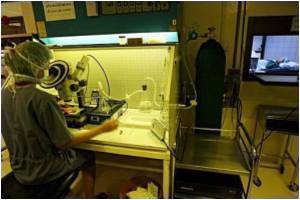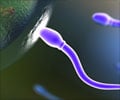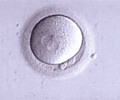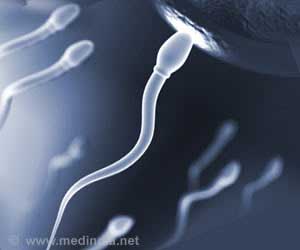
Their goal was to map epigenetic processes-those that influence gene expression - in cells as they undergo sperm formation.
Epigenetics typically affect the function of proteins a cell produces by following the recipe coded in the DNA. A process under strong epigenetic control is sperm and egg formation.
Their goal was to find out the role of epigenetics in meiosis - a specialized form of cell division that results in gamete formation.
Berger, Govin, and their colleagues developed a way to systematically mutate portions of two proteins, histone H3 and histone H4, looking for defects in spore formation.
According to Berger and Govin's analysis, sites on both histone H3 and H4 turned out be important. One critical modification site the team picked up is threonine-11 on histone H3 (H3T11), the phosphorylation of which is required to complete meiosis.
Advertisement
Assuming these epigenetic marks are also present and serve similar functions in humans, the study identifies potential biomarkers of human male infertility.
Advertisement
Source-ANI













